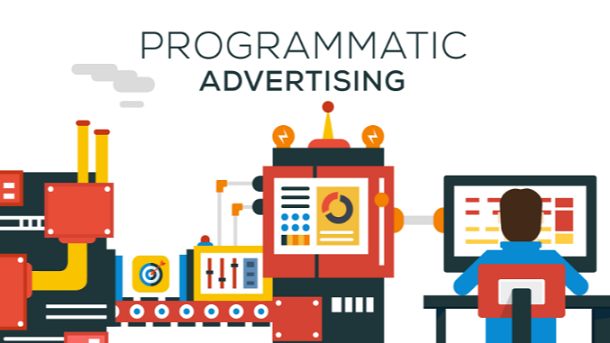
All predictions are based on extrapolating from current trends. If we expect ‘more of the same’, it’s not difficult to make predictions about the near future. But history has shown us that the future is not always simply more of the same.
The world of finance has historically based forecasts of future returns on patterns seen over the previous 20 to 30 years. To some extent, this is still what happens. Pension fund managers are reliant on steady, comparatively high, compound returns many years into the future. Are equities and bonds likely to deliver the same sort of returns in the next 30 years as they have in the last 30 years? Nobody knows but as Karl Marx famously noted, ‘everything that is solid melts into air’.
The world of digital media continues to use old truisms to predict future behavior. While developments in the media industry, and in programmatic in particular, have accelerated at breakneck speed, our planning and measurement standards have not kept pace. Many media plans continue to use impressions, context, clicks and click-through rates as proxies for audience engagement or an outcome. Believe it or not, we’ve been using these measurement criteria for nearly 20 years now. Much of this is understandable; like the finance industry, we have relied on historical data to predict future behavior. However, programmatic, and the data powering the decisioning, is rapidly challenging this status quo.
The traditional methodology, to go from research, to insight, to big idea, is therefore evolving towards the generation of live insights. These insights can be applied to creative and media, and their impact can be predicted up front, whether those outcomes are a guaranteed audience, a certain level of engagement, or another, quantifiable outcome.
There are three keys drivers of this:
Data processing is becoming faster and cheaper by the day
Data is genuinely real time, or close to it
Programmatic has made such data instantly actionable
Brands and marketers need to quickly re-tool as the transformation takes place, and re-tooling is an apt description of what is going on. The exploitation of coal drove the First Industrial Revolution. Widespread electrification, the car and cheap oil powered the Second Industrial Revolution. Software and the Internet have driven the Third Industrial Revolution. Artificial Intelligence and robotics are moving us into the Fourth Industrial Revolution. The established norms of media planning are changing rapidly, and will continue to do so.
Paraphrasing Bill Gates: we often over-estimate how quickly change will occur, but under-estimate its ultimate impact.
Across Saudi Arabia and the wider Middle East, Xaxis is actively predicting both consumer interest and intent across hundreds of user segments. Such work can be carried out on an insights and analytics level, or move straight into execution. Integrating artificial intelligence capabilities is the next stepping stone.
One of the genuine opportunities of growth markets such as Saudi Arabia is that we can quickly learn from what has and hasn’t worked in other more established markets. This has and will continue to allow Saudi Arabia to leapfrog digital growing pains that markets such as the US or Europe may have gone through. The explosion of innovative social and mobile work in Saudi Arabia illustrates this. Programmatic now offers brands and marketers in the region, particularly young graduates joining the industry, a chance to re-define how brands go about reaching and engaging with their target audience.
It’s time to challenge our established digital currencies and, like the finance industry, adapt to a new Fourth Revolution. While no one truly knows what the next 20 years will bring, we can be fairly sure it won’t be like the last 20 years.
Written by Marcus Siddons,Managing Director, MENA,Xaxis
Source:WPPbaz


